Whether you're building a new home on acreage, replacing a failing septic system, or upgrading from an outdated system to meet current regulations, professional septic tank installation requires specialized knowledge, proper equipment, and strict adherence to Alberta's Private Sewage Systems Standard of Practice. In Grande Prairie's climate and soil conditions, proper septic system design and installation are critical; incorrect sizing, inadequate drainage fields, or improper installation depth can lead to system failures, environmental contamination, and expensive repairs. A septic system installed correctly provides reliable wastewater treatment for 20-30 years with proper maintenance.
At TMK Plumbing & Heating, we've installed septic systems throughout Grande Prairie and surrounding rural areas for years. We handle every aspect from initial site assessment and system design to excavation, installation, inspection, and final approval. When you call us for septic tank installation in Grande Prairie, you're getting licensed professionals who understand local regulations, soil conditions, and installation requirements that ensure your system works properly from day one.
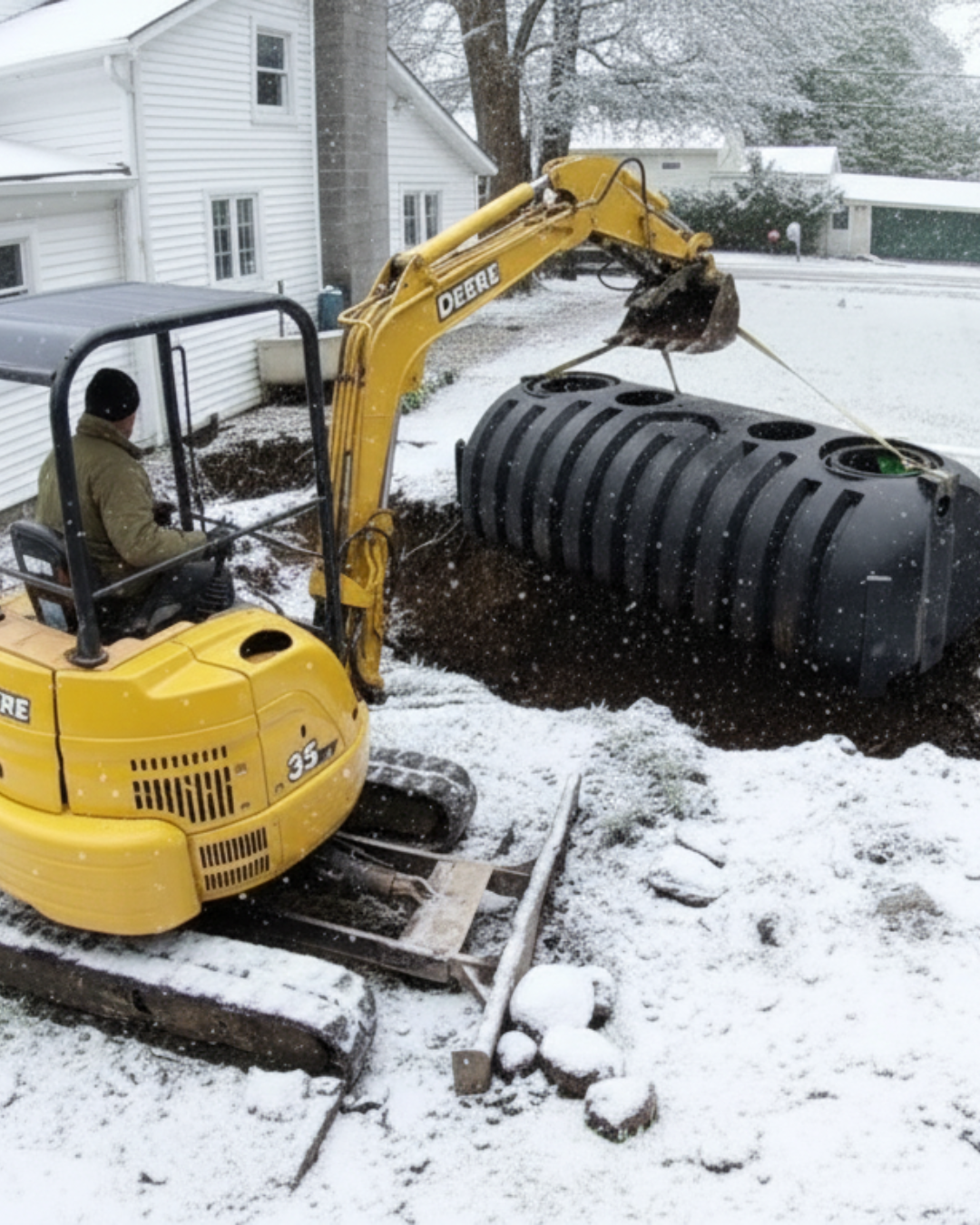
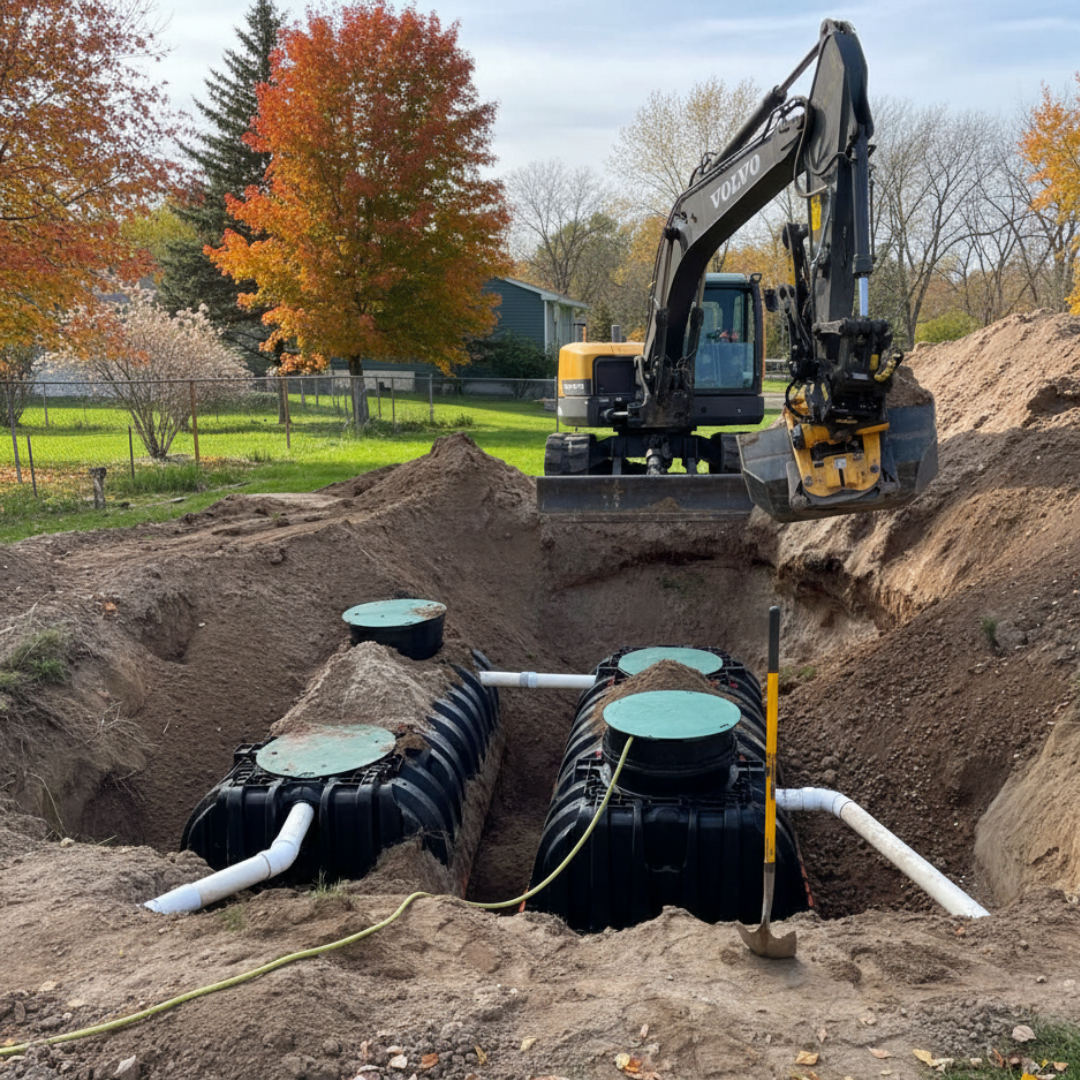
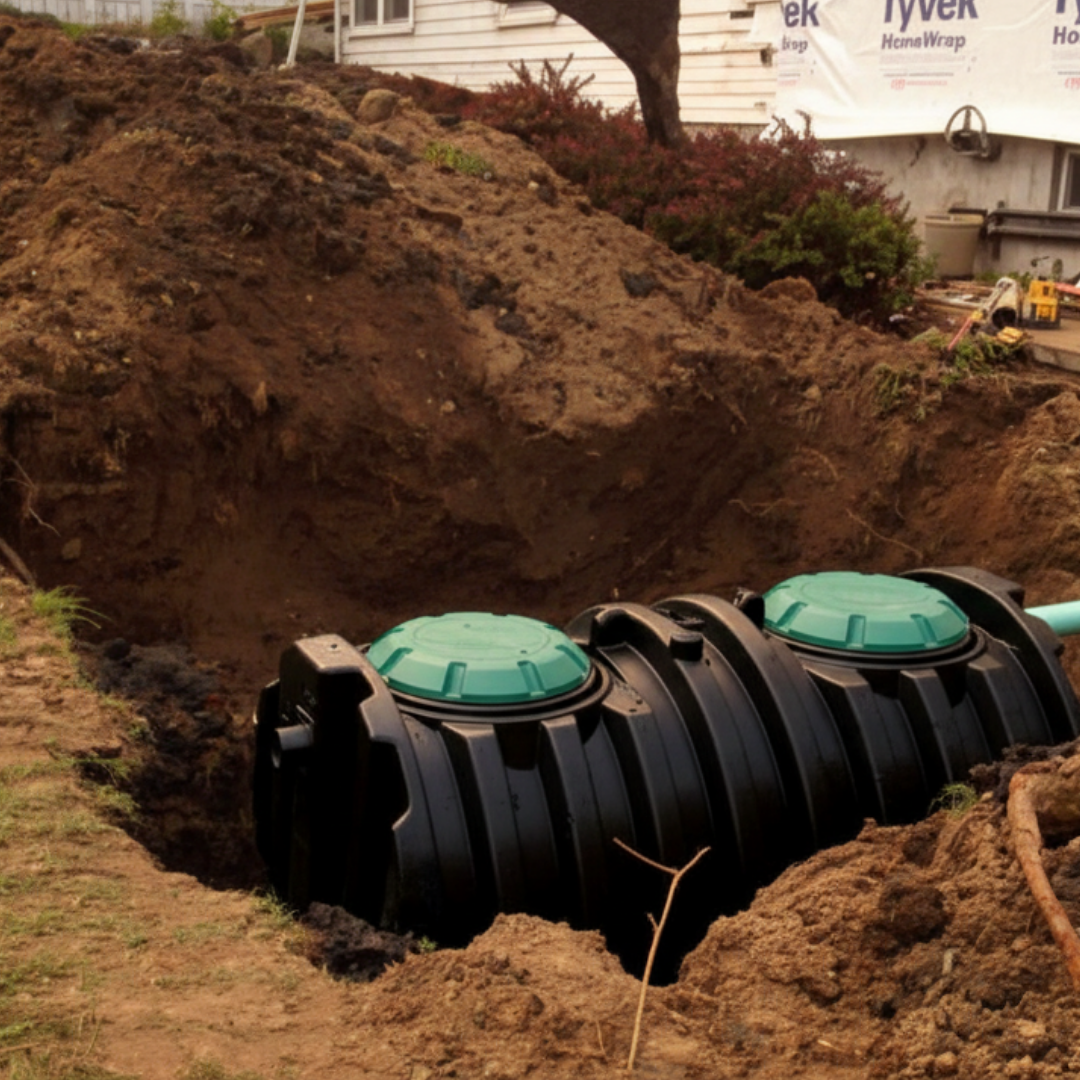
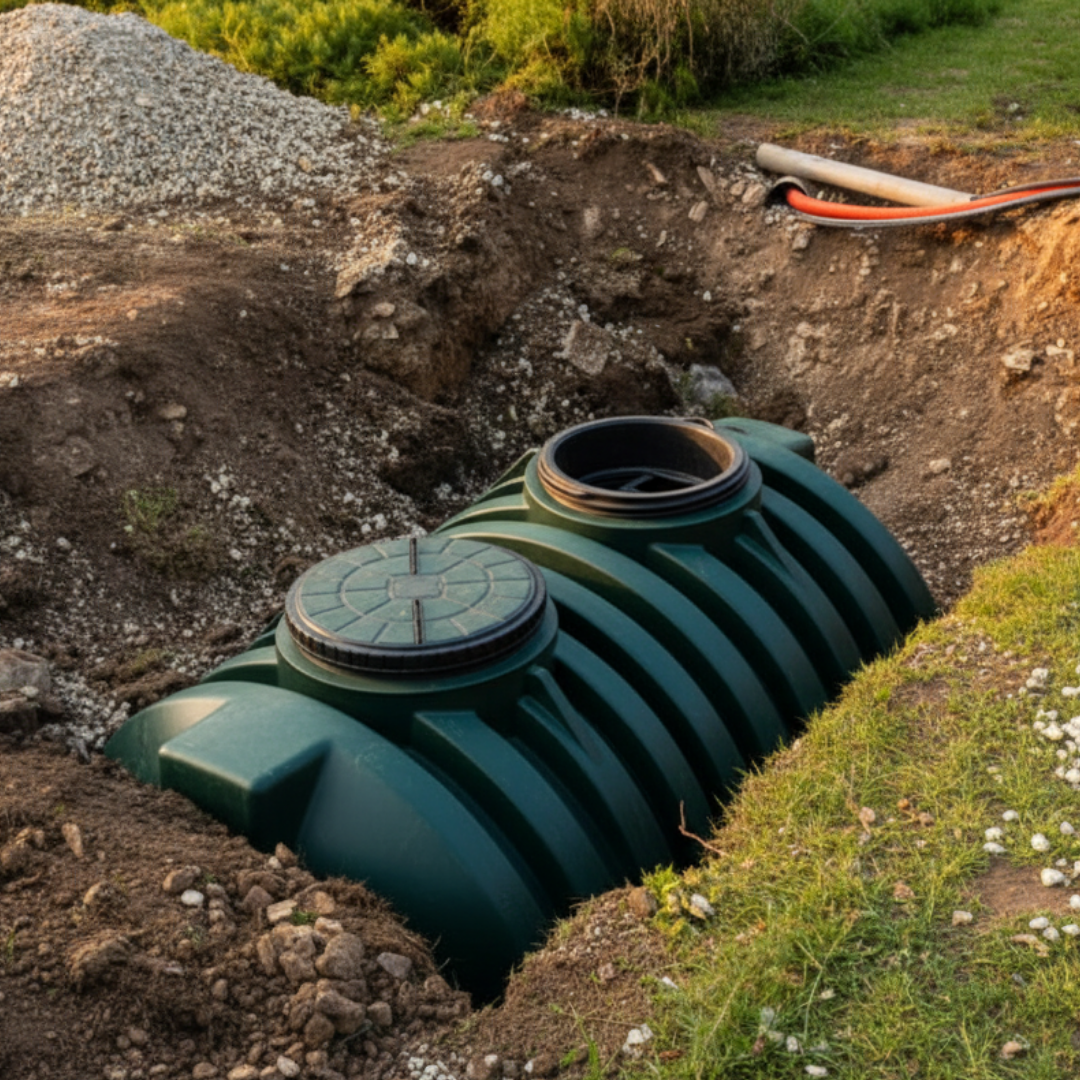
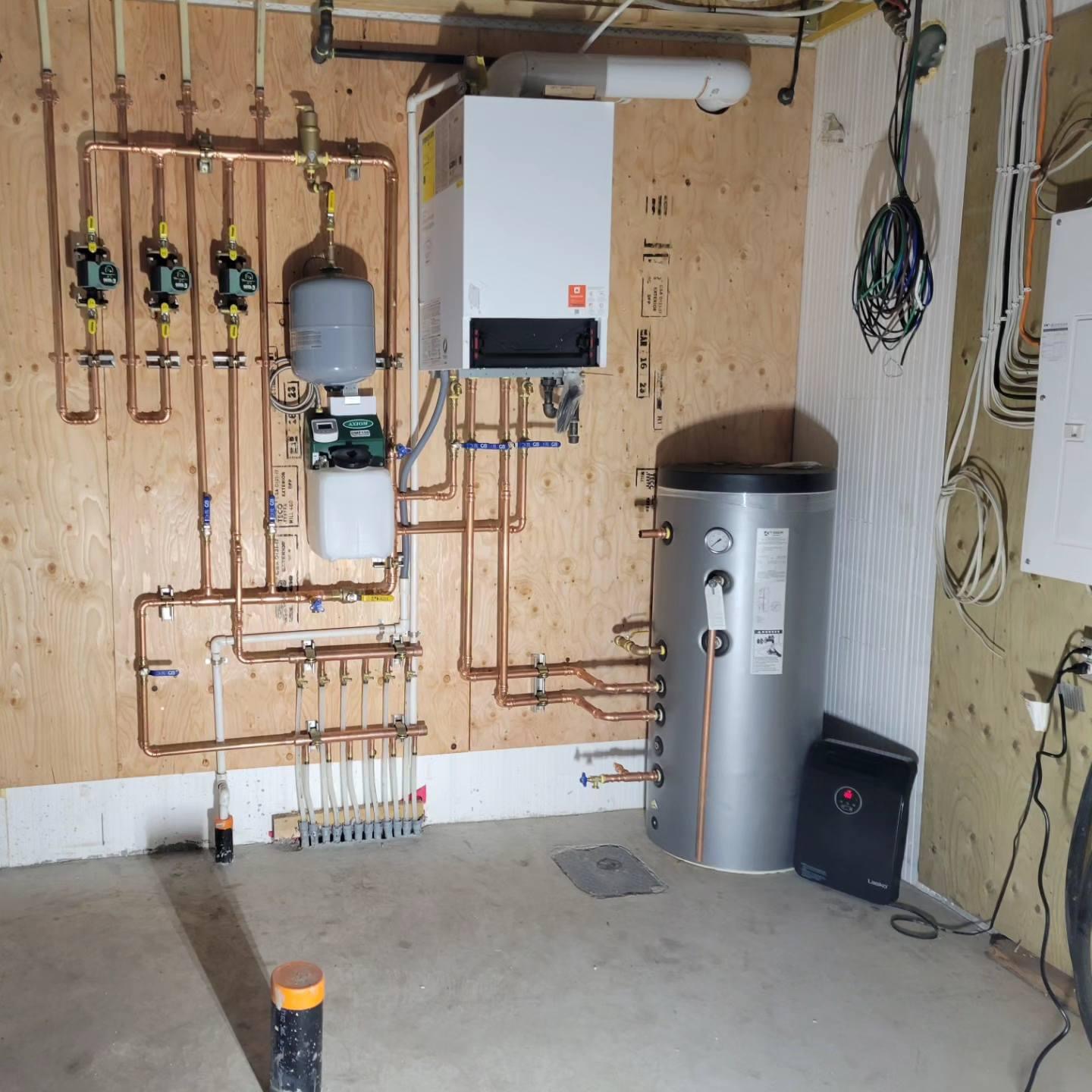
We handle every type of septic system installation for Grande Prairie area properties, from small residential systems to larger capacity installations for acreages and multi-family dwellings. Our comprehensive service ensures your septic system is designed, installed, and approved properly.
New septic system installations include a complete site assessment to evaluate soil conditions, water table levels, and property layout. We design systems that meet Alberta Private Sewage Systems regulations, obtain all required permits from the County of Grande Prairie or relevant municipality, excavate to proper depths considering frost levels, install the septic tank with correct orientation and grade, construct the distribution field with appropriate sizing and spacing, connect all inlet and outlet piping, install risers for access and maintenance, backfill and compact properly to prevent settling, and coordinate inspections for approval.
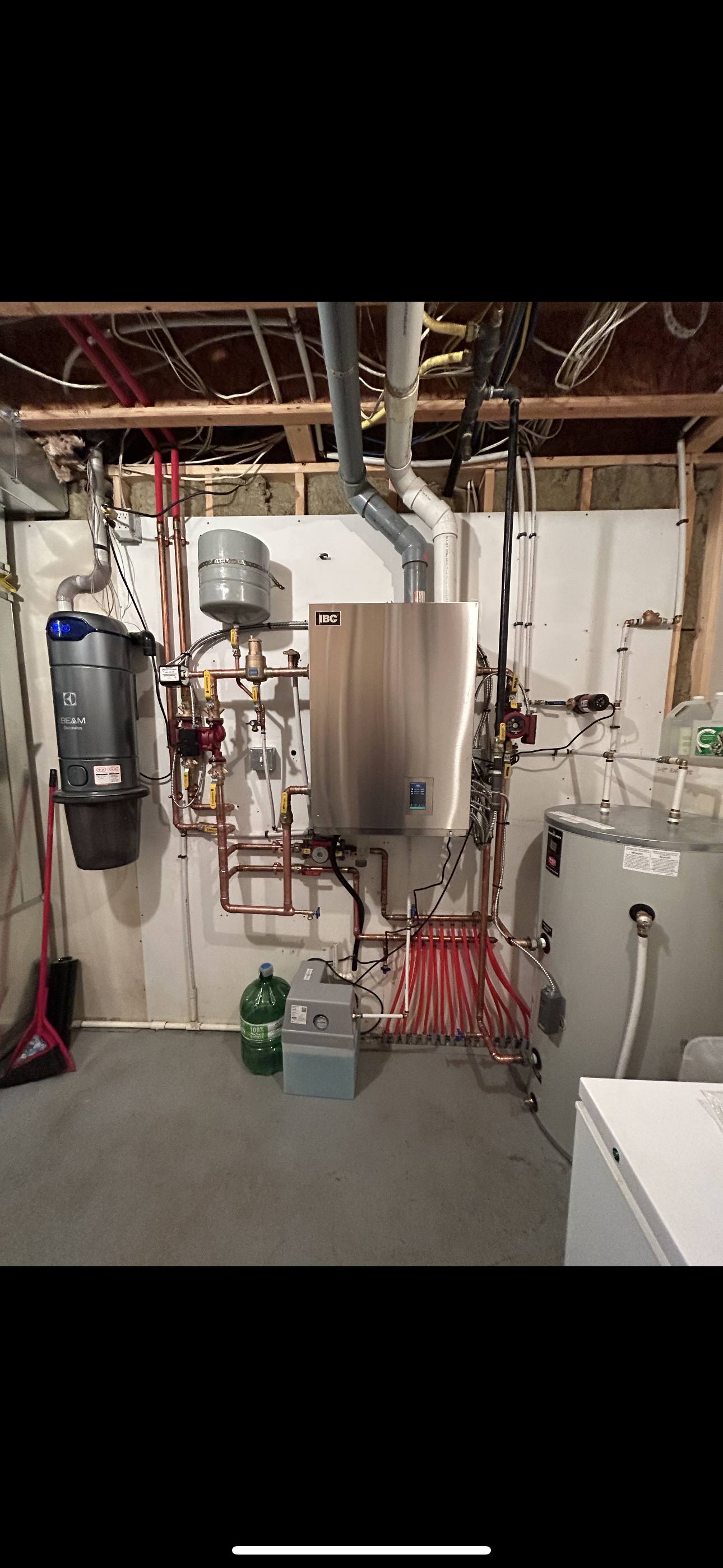
Understanding septic system options helps you make informed decisions for your Grande Prairie property. We install various system types based on soil conditions, property size, and regulatory requirements.
Common Septic System Types:
We ensure all components meet Alberta standards and are sized appropriately for your specific property and household needs.
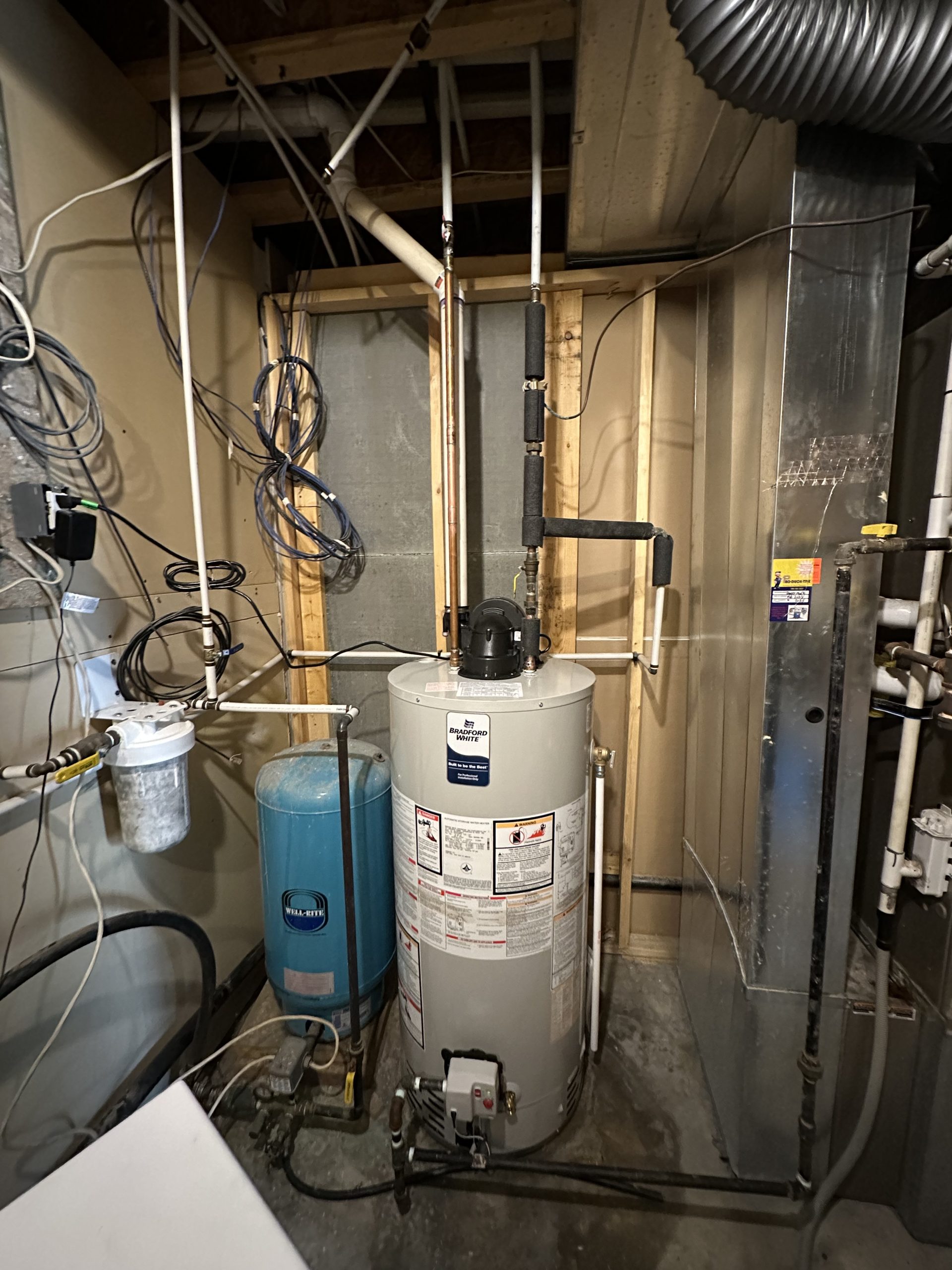
When you need septic tank installation in Grande Prairie, you want experienced professionals who understand local regulations, soil conditions, and installation requirements. Here's why property owners trust TMK Plumbing & Heating:
Our Septic Installation Advantage:
From rural acreages to lakefront properties, TMK Plumbing & Heating has installed reliable septic systems throughout the Grande Prairie region with quality workmanship property owners trust.
Safety is our top priority at TMK Plumbing & Heating. We adhere to all Alberta Private Sewage Systems regulations, environmental standards, and safety protocols to ensure your septic system is not only efficient but also safe for your family and the environment.
Our technicians are trained in proper septic installation procedures and excavation safety. We use quality products from trusted manufacturers that meet Canadian Standards Association (CSA) requirements, guaranteeing long-lasting, environmentally responsible wastewater treatment.
TMK Plumbing & Heating is proud to be locally owned and operated in Grande Prairie. When you choose TMK for septic tank installation, you're supporting a company committed to protecting our local environment and community health.
Most residential septic system installations take 3-5 days from excavation to final backfill, though the complete process from initial assessment to final inspection approval spans 2-4 weeks. The timeline includes initial site visit and assessment (1 day), permit application and approval (1-2 weeks), excavation and tank installation (1-2 days), distribution field construction (1-2 days), plumbing connections and backfill (1 day), and final inspection scheduling (within 1 week).
Weather significantly impacts timelines – wet conditions or frozen ground can delay excavation. We coordinate all phases efficiently to minimize delays, but septic installations require proper curing time for tank bedding and cannot be rushed without compromising quality.
Please contact us for a better idea. Every job is different for time and we'll provide a thourough run down on time upon site inspection.
Yes, septic system installations in Grande Prairie and surrounding areas require permits and inspections from the County of Grande Prairie or your local municipality. All private sewage systems must comply with Alberta's Private Sewage Systems Standard of Practice.
We handle all permit applications as part of our service, including submitting site plans, soil evaluation reports, and system design specifications. Inspections are required at various installation stages to verify proper depth, tank placement, distribution field construction, and overall compliance.
Installing septic systems without proper permits can result in significant fines, required system removal, and problems when selling your property. Our permit handling ensures your installation is fully legal and documented.
Residential septic tank sizing in Alberta is based on the number of bedrooms in your home, not the number of occupants. A 3-bedroom home requires a minimum 3,400-litre tank, while 4-bedroom homes need at least 3,600 litres, and 5-bedroom homes require 4,100 litres minimum. These sizes account for average daily wastewater volumes and provide adequate retention time for solids to settle and bacterial treatment to occur.
Properties with garbage disposals, hot tubs, or higher-than-average water usage may benefit from larger tanks. We assess your specific situation during the site evaluation and recommend tank sizes that meet regulations, while providing adequate capacity to meet your household needs and future considerations.
Please note this is a general guideline; please reach out to us to get a better estimate and idea on what to expect. Every site and job is different.
Property suitability for septic systems depends on several factors we evaluate during site assessment. Adequate land area is required – you need sufficient space for both the septic tank and distribution field away from wells, property lines, and surface water.
Soil conditions must allow proper wastewater percolation. We conduct soil tests to verify adequate drainage without excessively fast percolation that prevents proper treatment. Water table depth matters – high water tables can flood septic components and prevent proper treatment.
Property slope affects system design. Steep slopes may require pressure distribution systems. Bedrock depth is critical; shallow bedrock limits excavation options. We evaluate all these factors and design systems appropriate for your specific property conditions.
A septic tank is a treatment system where wastewater undergoes bacterial decomposition – solids settle to the bottom, bacteria break down organic matter, and partially treated liquid flows to the distribution field for final soil treatment.
Septic tanks require pumping every 3-5 years to remove accumulated solids, but continuously treat and dispose of wastewater on-site. A holding tank is simply a sealed storage container that holds all wastewater until it's pumped out and hauled away for treatment elsewhere.
Holding tanks require pumping every few weeks, depending on household water usage and provide no treatment. They're used when soil conditions prevent conventional septic systems or as temporary solutions. Operating costs for holding tanks are much higher due to frequent pumping requirements.
Yes, septic systems require regular maintenance to function properly and achieve their expected 20-30 year lifespan. Septic tanks should be pumped every 3-5 years to remove accumulated solids that don't break down. Failure to pump allows solids to enter the distribution field, causing premature failure.
We recommend annual inspections to check tank condition, ensure baffles are intact, verify proper liquid levels, and identify potential problems early. Avoid flushing non-biodegradable items, excessive grease, harsh chemicals, or antibacterial products that kill beneficial bacteria.
Protect your distribution field by preventing vehicle traffic, keeping trees away (roots seek water and can infiltrate pipes), and directing surface drainage away from the field. Proper maintenance prevents expensive system failures and ensures reliable long-term performance.
If your septic installation fails inspection, the inspector identifies specific deficiencies that must be corrected before approval. Common issues include incorrect tank depth, improper distribution field construction, inadequate separation distances, or missing components. We correct any deficiencies and schedule re-inspection.
When TMK Plumbing & Heating installs your system, failures are extremely rare because we follow all regulations precisely and maintain excellent relationships with local inspectors who know our work quality. If the unlikely event of a failed inspection occurs, we correct issues immediately at no additional cost to you.
Our "done right the first time" commitment means we don't consider the job complete until your system passes final inspection and is fully approved for use.